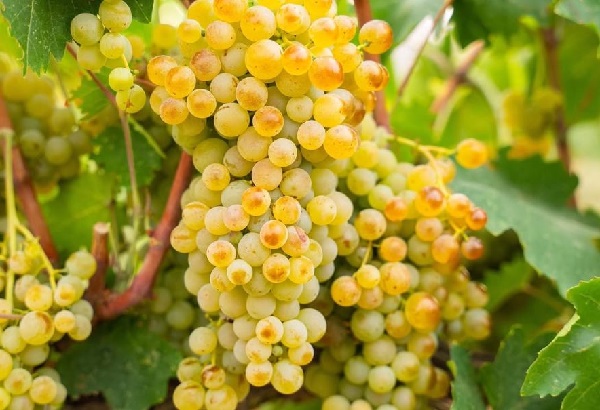Turkish Grapes
Narince

Narince is one of Turkey’s most important indigenous white wine grapes.
Narince Flavors
The aroma profile contains Lime, Orange, Grapefruit, Pineapple, Quince, Flowers, Herbs, and Almonds.
Lemon |
Lime |
Orange |
Grapefruit |
Pineapple |
Quince |
Pear |
Honesuckle |
Acacia |
Basil |
Almond |
Mineral |
The Narince Grape
Narince is one of Turkey’s most important indigenous white wine grapes, known for its delicate floral aromas, balanced acidity, and aging potential.
The name means "delicate" or "graceful" in Turkish, which reflects the elegant nature of the wines it produces.
Narince originates from Tokat, a province in Northern Anatolia, near the Black Sea. The region’s continental climate, with warm days and cool nights, helps the grape retain acidity and aromatic complexity.
In addition to Tokat, Narince is also cultivated in:
- Cappadocia (high-altitude vineyards, mineral-driven wines)
- Denizli & Aegean region (warmer, fruitier expressions)
- Thrace & Marmara (cooler climate, fresher styles)
Narince wines are typically medium-bodied, with bright acidity and a combination of floral, citrus, and mineral notes. It can be fresh and crisp when unoaked or develop complex, nutty flavors when aged in oak.
Like Chardonnay it is a flexible grape that can be made into a variety of styles from aromatic and steely when aged in stainless steel, to complex and creamy with flavors of vanilla, caramel, and toasted nuts when aged in oak.
Narince is unique among Turkish white grapes because it has good aging potential, allowing it to develop richer flavors over time.
Narince is often blended with Chardonnay or Emir for added texture and complexity.
Narince is a beautifully aromatic and food-friendly white grape, often compared to Pinot Grigio or Albariño for its floral elegance and crisp acidity. Whether enjoyed young and fresh or aged for complexity, it showcases the unique terroir of Anatolia and is a must-try for anyone interested in Turkish wines.